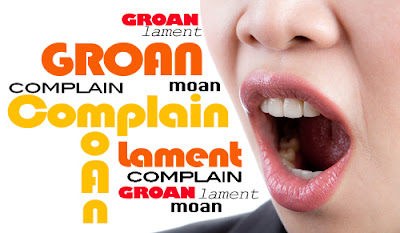Where have all the flowers gone?
— Pete Seeger
Prerequisite to any purchase is trust.
Yet, hour after hour, high-handed CEOs, white collar bandits and cagey politicos destroy customers' trust. Joining them are hordes of con artists, jackleg manufacturers, self-dealing bloggers and unsavory street marketers.
It’s no wonder companies face a trust deficit of Biblical proportions. And no wonder 8 in 10 customers turn to family and friends, not companies, to sanction their planned purchases.
To build trust, you first need to establish a comfort zone where customer engagement and conversation can begin; inside that zone, you earn trust. (The English word "trust" in fact comes from the German "Trost," which means “comfort.”)
The age-old way to establish a comfort zone was to use symbols. But, thanks to the relentless pursuit of margins, that practice has largely vanished.
Hotels used to display fresh-cut flowers in the lobby. Banks used to build with a lot of granite and marble. Department stores used to welcome you at the door and serve tea and biscuits. And gas stations used to be staffed by attendants dressed like hospital workers.
Today, businesses no longer use symbols to build comfort zones, but rely instead on "transparency" (a notion that only surfaced with the arrival of e-commerce).
There's a huge problem with that.
Transparency can't be the bedrock on which to found a comfort zone, because customers care about what you symbolize, not what you divulge. (Don't believe me? Think about our two major presidential candidates.)
If your business hasn't embraced symbols, hoping instead to gain trust by appearing "transparent," it's urgent to do so. And if it has abandoned symbols, it's time to go back to them.
Today, businesses no longer use symbols to build comfort zones, but rely instead on "transparency" (a notion that only surfaced with the arrival of e-commerce).
There's a huge problem with that.
Transparency can't be the bedrock on which to found a comfort zone, because customers care about what you symbolize, not what you divulge. (Don't believe me? Think about our two major presidential candidates.)
If your business hasn't embraced symbols, hoping instead to gain trust by appearing "transparent," it's urgent to do so. And if it has abandoned symbols, it's time to go back to them.







